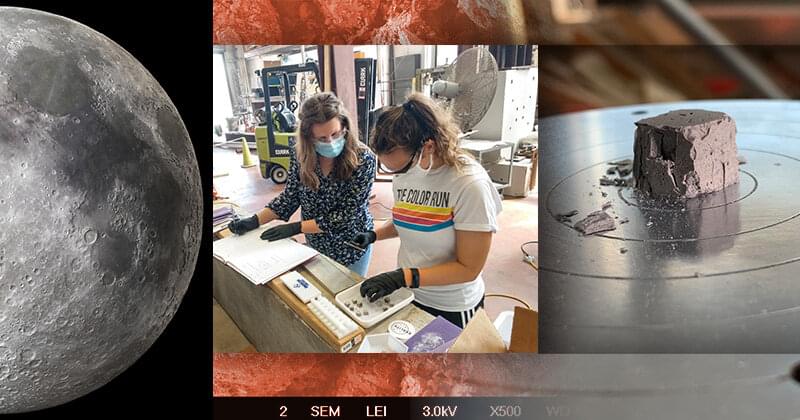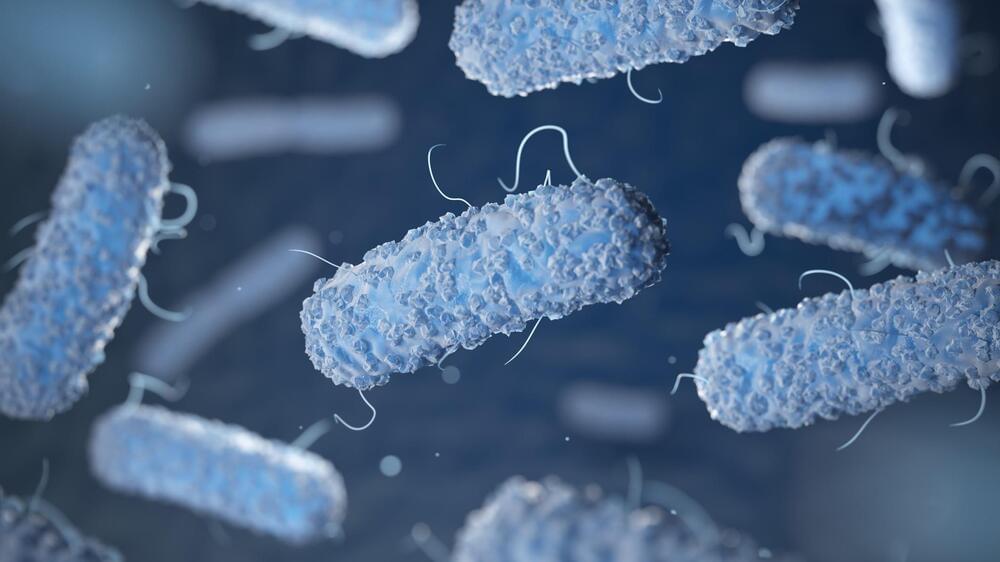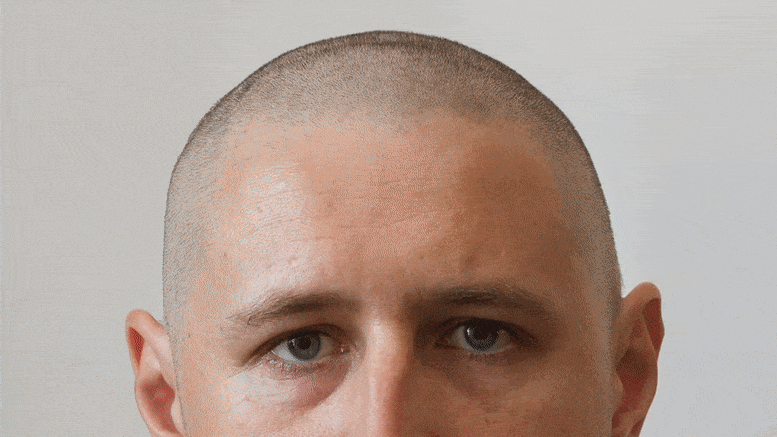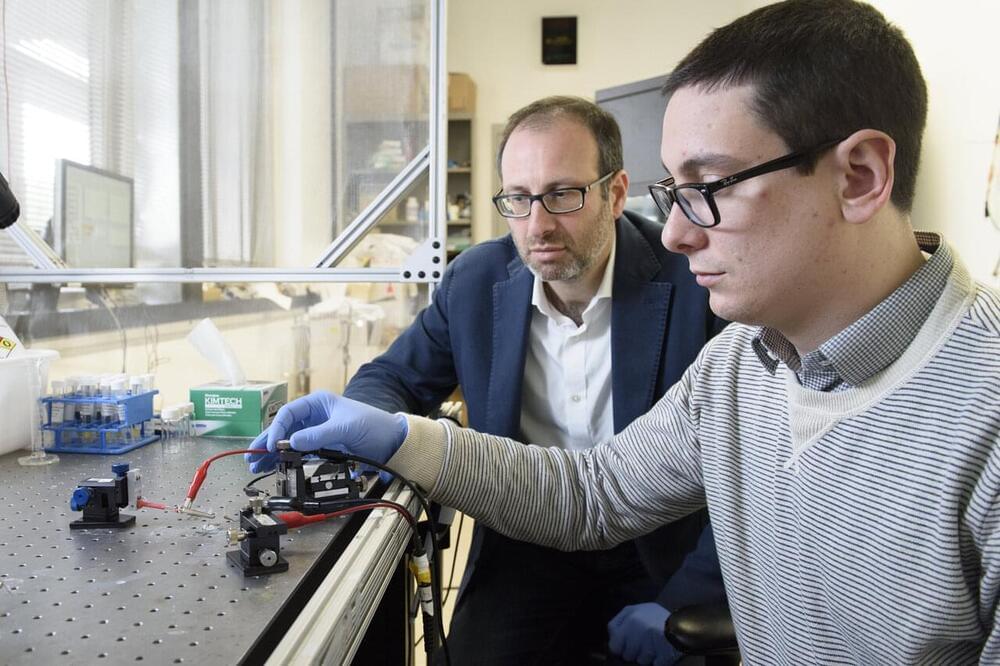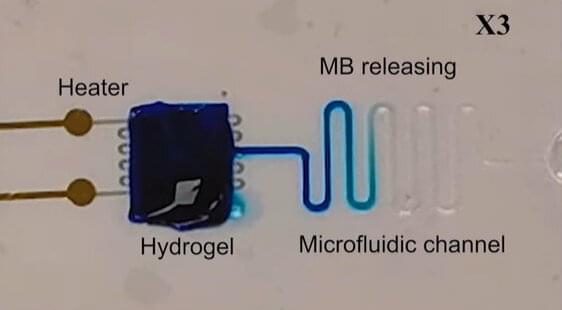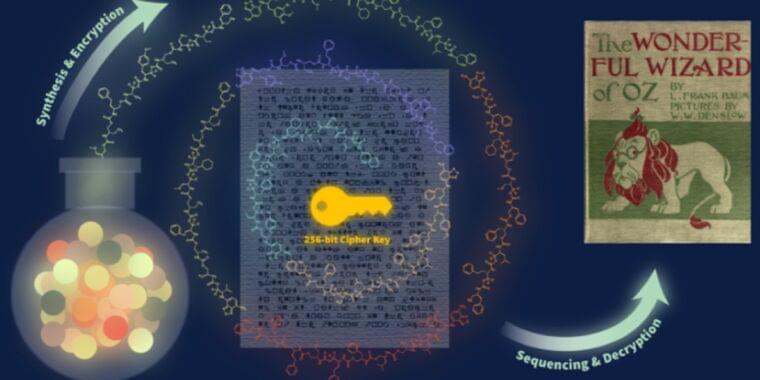Aug 15, 2022
Building on the moon and Mars? You’ll need extraterrestrial cement for that
Posted by Wise Technology in categories: chemistry, engineering, habitats, space travel
Sustained space exploration will require infrastructure that doesn’t currently exist: buildings, housing, rocket landing pads.
So, where do you turn for construction materials when they are too big to fit in your carry-on and there’s no Home Depot in outer space?
“If we’re going to live and work on another planet like Mars or the moon, we need to make concrete. But we can’t take bags of concrete with us—we need to use local resources,” said Norman Wagner, Unidel Robert L. Pigford Chair of Chemical and Biomolecular Engineering at the University of Delaware.
